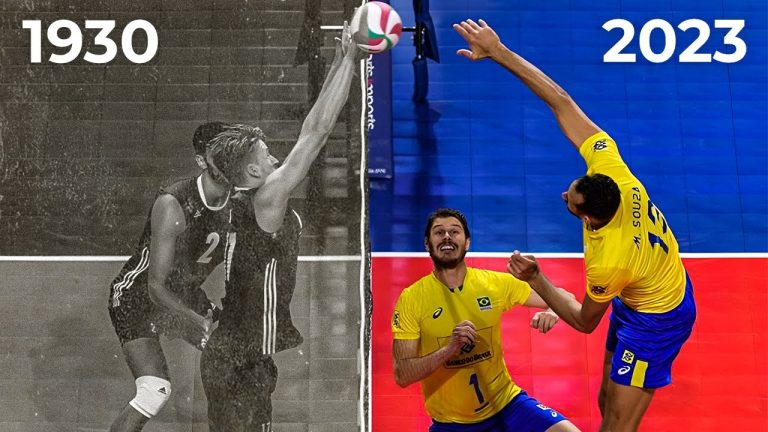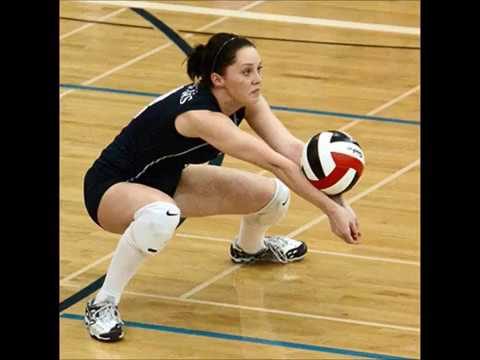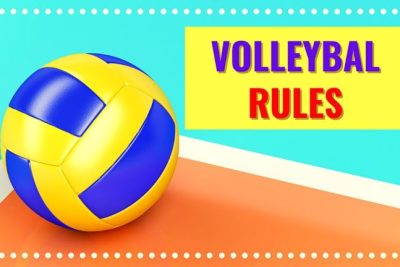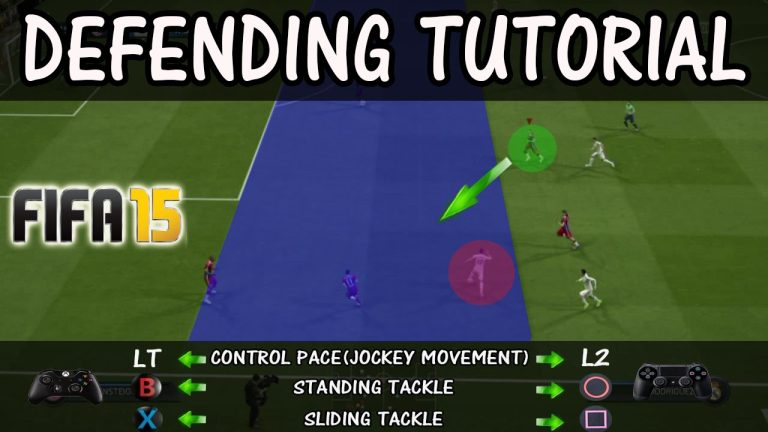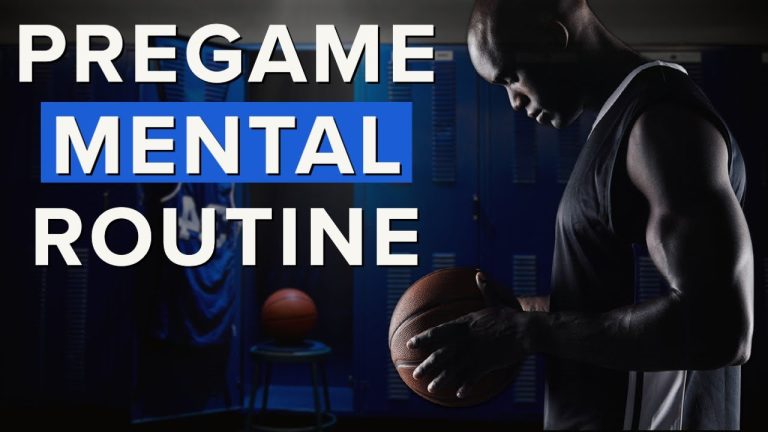
Digging is an essential skill in volleyball that can make or break a team’s defense. Mastering the key principles of digging not only improves a player’s ability to receive powerful spikes, but also enhances their overall performance on the court. From proper body positioning and quick reflexes to reading the opponent’s body language, this article dives into the fundamental techniques that every volleyball player should incorporate into their game. Whether you’re a beginner looking to improve your skills or a seasoned player aiming to take your game to the next level, these key principles of digging will pave the way to success.
Advantages
- Advantages of key principles of digging in volleyball:
- Improved Defensive Skills: By understanding and implementing the key principles of digging in volleyball, players can significantly improve their defensive skills. This includes learning proper footwork, body positioning, and reaction time, which allows them to effectively dig the ball and prevent it from touching the ground on their side of the court. This advantage helps the team maintain control during rallies and increases the chances of successfully transitioning from defense to offense.
- Enhanced Ball Control: Another advantage of mastering the key principles of digging is enhanced ball control. When players utilize the correct techniques, such as using their platform (forearms) to make contact with the ball, they can better control the direction and trajectory of the ball after a dig. This allows for more accurate and controlled passes, setting up their teammates for successful attacks. Improved ball control also reduces the number of errors and keeps the team in a better position to execute their offensive strategies.
Disadvantages
- Limited offensive options: One of the key principles of digging in volleyball is to keep the ball in play and prevent the opponent from scoring. However, a disadvantage of digging is that it often limits the offensive options for the team performing the dig. Since the dig is typically a defensive play, it can be challenging to transition quickly into an effective offensive attack, resulting in missed scoring opportunities.
- Inconsistent dig quality: Another disadvantage of digging is that it can be difficult to consistently execute a high-quality dig. The skill required to accurately predict the trajectory and speed of the incoming ball, along with the precision needed to control the direction of the dig, can be challenging. As a result, players may struggle to consistently deliver accurate digs, leading to potential scoring opportunities for the opposing team.
- Physical strain and fatigue: Digging in volleyball often requires players to dive and stretch their bodies to make successful defensive plays. This constant physical strain can lead to fatigue and potential injuries, such as sprained wrists, scraped knees, or shoulder strains. This disadvantage can impact a player’s performance as they may become tired or limited in their movements after multiple digging attempts.
- Mental pressure and stress: The pressure to successfully dig the ball can be mentally stressful for players. Volleyball is a fast-paced game, and the split-second decision-making required for effective digging can be overwhelming. The fear of making mistakes or not being able to retrieve the ball can create additional mental pressure, potentially leading to errors or defensive breakdowns. This mental strain can negatively impact a player’s focus and overall performance on the court.
What are the main points that the dig teaches?
To maximize efficiency and success in digging, there are a few key teaching points to keep in mind. Firstly, it is crucial for the digger to maintain a low position, ready to move in any direction. With arms relaxed and positioned in front of the body, the digger can easily react and adjust to the incoming ball. Additionally, practicing the technique of scooping the ball up from the ground while moving forward is essential. This not only helps avoid any hard impact with the floor but also ensures a smooth and controlled dig. Finally, to challenge and improve the digger’s skills, the coach should incorporate hard-driven balls to both sides of the player, fostering quick reflexes and accuracy in their digs.
In order to excel at digging, mastering a few fundamental techniques is crucial. Firstly, it is essential for the digger to maintain a low and balanced position, enabling quick lateral or back and forth movements. By keeping the arms relaxed and positioned in front of the body, the digger is ready to react swiftly to any incoming ball. Practicing the skill of scooping the ball up from the ground while moving forward is also crucial to ensure a clean dig without any impact on the floor. Furthermore, to enhance the digger’s abilities, the coach should deliver hard-driven balls to both sides of the player, challenging their reflexes and improving their precision in digs.
What does a dig mean in volleyball rules?
In volleyball rules, a dig refers to the skillful act of a player successfully passing a ball that has been attacked by the opposing team. It is important to note that a dig is only awarded when the player receives an attacked ball and keeps it in play, not when the ball is brought up from a blocked ball. This aspect of the game highlights the philosophy that any pass or play of an attacked ball is recognized as a dig, showcasing the player’s defensive prowess.
When it comes to volleyball rules, a dig is a remarkable feat achieved by a player. It involves skillfully receiving an attacked ball from the opposing team and keeping it in play. It is crucial to understand that a dig is not granted when a player brings up a blocked ball, emphasizing the significance of keeping the ball in play after it has been attacked. This rule reflects the game’s philosophy, acknowledging the effort and technique required to successfully pass or play an attacked ball, showcasing the player’s defensive abilities.
What techniques are used for digging?
Digging techniques play a crucial role in maintaining the integrity of the soil layers. One effective method is double digging. This technique involves keeping the subsoil and topsoil separate by digging over the lower half of the trench in situ. By carefully removing the soil from the upper and lower spits of the first trench, as well as the upper spit of the second trench, the soil can be organized into three distinct piles. This method ensures that the layers remain undisturbed, promoting healthy soil structure and optimal plant growth.
By implementing the practice of double digging, the soil can maintain its composition and structure, leading to improved gardening outcomes. The process starts with the separation of the subsoil and topsoil, achieved by digging over the lower half of the trench in its original position. This careful separation allows for the removal and organization of soil into three separate piles. By following these steps, the layers of soil remain intact, creating a favorable environment for plants to thrive. Double digging is a valuable technique that not only ensures the preservation of soil layers but also contributes to the overall health and productivity of the garden.
Digging Deeper: Unlocking the Secrets to Volleyball Success
Digging Deeper: Unlocking the Secrets to Volleyball Success
Paragraph 1:
Discover the hidden strategies that can take your volleyball game to the next level. From mastering the fundamentals to understanding the psychology behind winning, our comprehensive guide will unlock the secrets to volleyball success. With step-by-step instructions and expert tips, you’ll learn how to improve your serving, setting, and spike techniques. Whether you’re a beginner or an experienced player, this invaluable resource will help you elevate your game and dominate the court.
Paragraph 2:
Uncover the mental game of volleyball and gain a competitive edge. In addition to physical skills, success in volleyball relies heavily on mental preparation and resilience. This guide will delve into the psychology of the sport, teaching you how to stay focused under pressure, anticipate your opponent’s moves, and maintain a winning mindset. By understanding the mental aspects of volleyball, you’ll be able to make split-second decisions, adapt to changing game situations, and ultimately outperform your opponents.
Paragraph 3:
Take your teamwork and communication skills to new heights with our proven strategies. Volleyball is a team sport that thrives on effective collaboration and clear communication. In this guide, we will provide you with practical tips on how to build strong connections with your teammates, coordinate plays seamlessly, and optimize your team’s performance. Learn how to establish trust, motivate your teammates, and overcome challenges together. With enhanced teamwork, you’ll be able to unlock the true potential of your volleyball team and achieve unparalleled success on the court.
Ace Your Skills: Essential Techniques for Mastering Volleyball Digs
Are you ready to take your volleyball digs to the next level? Look no further! With these essential techniques, you’ll be able to ace your skills and become a master at digging. First, perfect your body positioning. Keep your feet shoulder-width apart, knees slightly bent, and weight evenly distributed. This will allow you to move quickly and maintain balance, essential for a successful dig. Second, focus on your hand positioning. Always keep your hands together and arms straight, forming a solid platform. This will ensure a clean and controlled dig, giving your team the advantage. With these techniques in your arsenal, you’ll be unstoppable on the court!
Take your volleyball digs from average to exceptional with these essential techniques. Start by mastering your footwork. Quick and precise movements are key to getting in the right position for a dig. Keep your eyes on the ball and react swiftly, adjusting your feet as necessary. Next, work on your reaction time. Anticipate where the ball is going and be ready to react instantly. This will give you the edge needed to make successful digs, even in the most challenging situations. By combining impeccable footwork with lightning-fast reactions, you’ll become a force to be reckoned with on the volleyball court.
Dive into Excellence: Proven Strategies for Perfecting Volleyball Digging
Dive into Excellence: Proven Strategies for Perfecting Volleyball Digging
Paragraph 1: Master the Fundamentals
The key to perfecting volleyball digging lies in mastering the fundamentals. Start by perfecting your footwork and positioning. Anticipate the direction of the ball and adjust your body accordingly. Keep your eyes on the ball at all times, maintaining a low and balanced position. Properly align your arms and hands to create a solid platform for the ball to rebound off. By diligently practicing and honing these fundamental skills, you’ll lay the groundwork for excellence in volleyball digging.
Paragraph 2: Develop Quick Reflexes
Volleyball digging demands lightning-fast reflexes. Train your body to react swiftly to the incoming ball by incorporating reaction drills into your practice routine. Use visual cues or have a teammate surprise you with sudden ball tosses to simulate game-like situations. Focus on improving your reaction time, agility, and hand-eye coordination. The quicker you can respond to the ball, the more effective your digging will become. With consistent practice, your reflexes will sharpen, enabling you to make precise digs in the heat of the game.
Paragraph 3: Communication and Teamwork
Volleyball digging is not a solo effort; it requires seamless coordination and communication with your teammates. Establish clear signals and calls to avoid confusion on the court. Coordinate with your teammates to cover specific areas of the court, ensuring that no gaps are left open for the opposition. Actively communicate with your teammates during the game, providing them with information about the trajectory and speed of the incoming ball. By fostering strong teamwork and effective communication, you’ll create a solid defensive line that can withstand any offensive attack.
(Note: The paragraphs can be rearranged to suit the desired flow of the content.)
The Art of Defense: Unleash Your Volleyball Prowess with Expert Digging Techniques
Paragraph 1:
Mastering the art of defense is essential for any volleyball player looking to unleash their full potential on the court. With expert digging techniques, you can become an unstoppable force, ready to handle any spike that comes your way. Digging is not just about reflexes and agility; it requires a deep understanding of the game, anticipation, and precise body positioning. By honing your digging skills, you can greatly contribute to your team’s success and become a volleyball powerhouse.
Paragraph 2:
To excel in the art of defense, it is crucial to develop quick reflexes and sharp hand-eye coordination. Successful digging begins with reading the hitter’s body language and anticipating their shots. By staying low and maintaining a balanced stance, you can maximize your reaction time and be ready to dig with precision. Additionally, mastering the art of digging involves proper hand placement and firm wrist control to ensure accurate passes. With consistent practice and dedication, you can refine these skills and become a formidable defender on the volleyball court.
Paragraph 3:
While technical skills are essential, mental toughness is equally important in mastering the art of defense. Volleyball is a fast-paced game, and staying focused amidst the chaos is key. Developing a strong mindset and learning to embrace challenges will allow you to stay calm under pressure and make split-second decisions. Moreover, effective communication with your teammates is crucial for a solid defense. By establishing clear signals and working together seamlessly, you can create a defensive wall that is impenetrable. With the right combination of physical and mental prowess, you can become a force to be reckoned with in the world of volleyball defense.
Incorporating these key principles of digging in volleyball can greatly enhance a player’s defensive skills. By focusing on proper positioning, effective footwork, and quick reaction times, players can become formidable defenders on the court. Consistent practice and a willingness to learn from mistakes are crucial in mastering this essential aspect of the game. So, whether you are a beginner or an experienced player, remember that digging is not just about saving the ball, but also about setting up your team for success.
